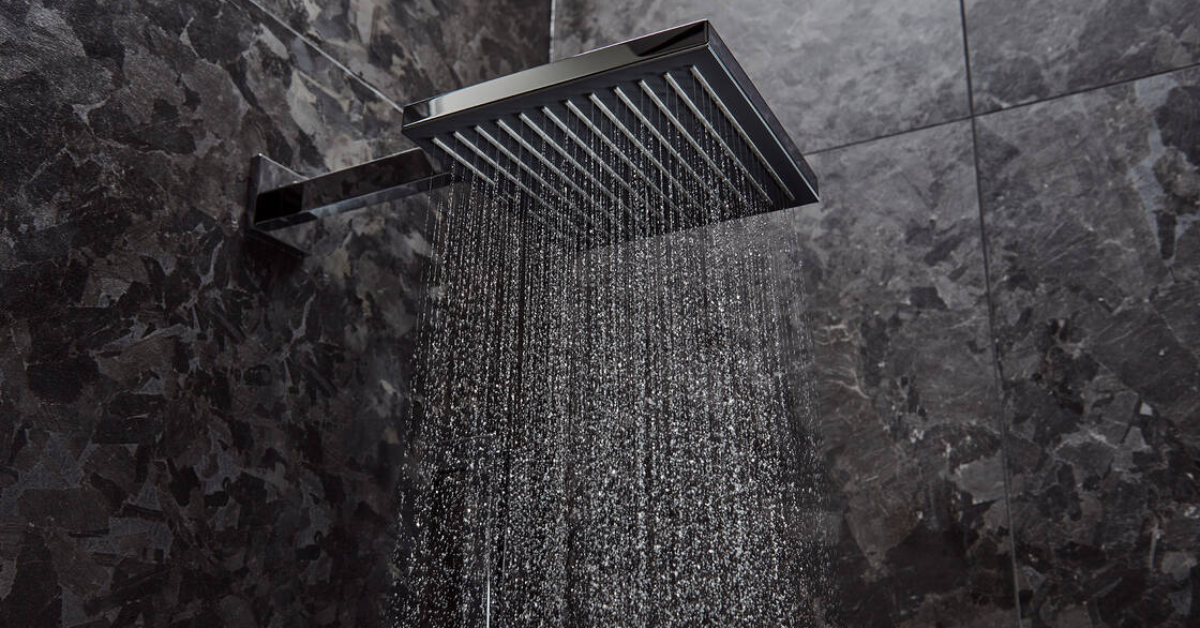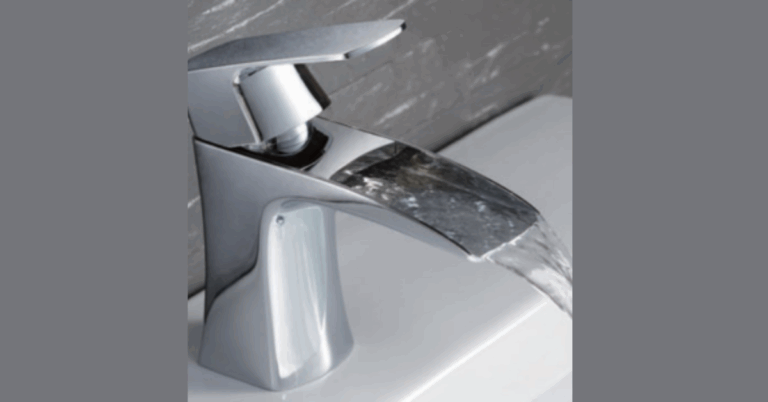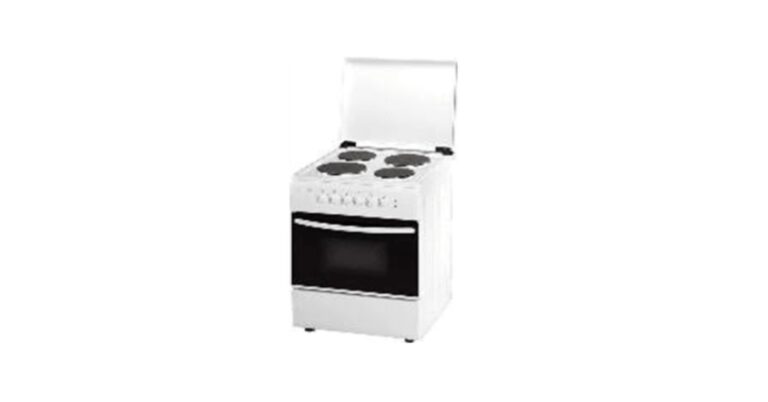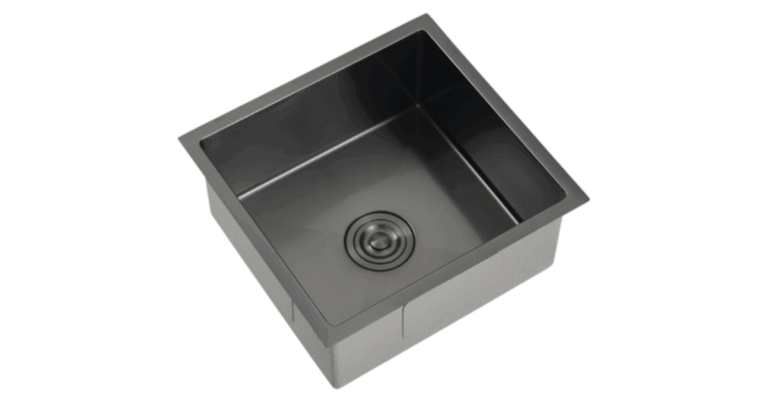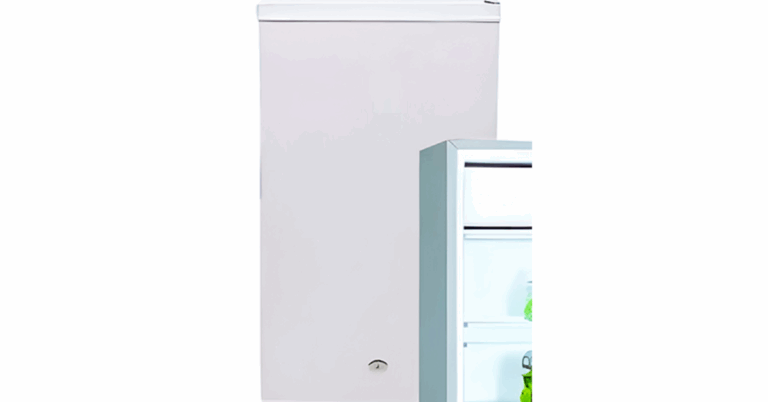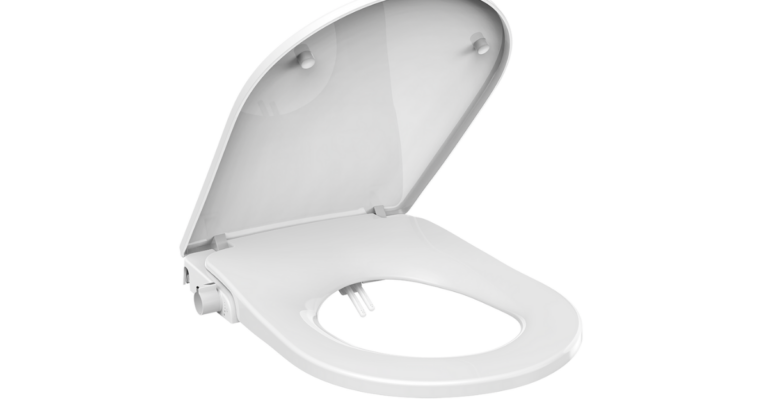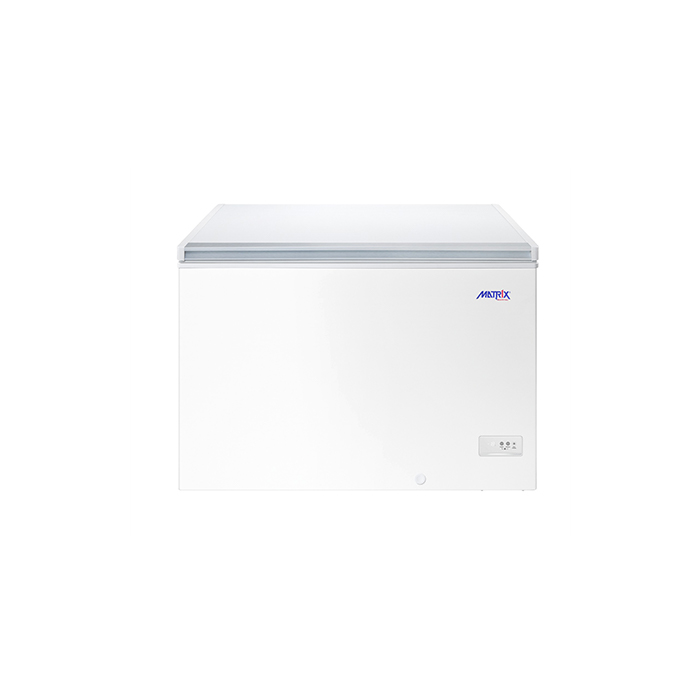A Deep Dive into Rain Shower Singapore: What to Know Before You Install
When designing a modern bathroom in Singapore, many homeowners are drawn to the elegance and luxury of a Rain Shower Singapore. Nothing feels more indulgent than standing under a wide, gentle cascade of water that mimics rain itself. But selecting and installing a rain shower in a city where space, plumbing constraints, and varying water pressure are common demands careful planning. In this article, we delve into how rain showers work, their benefits, technical considerations, design trends especially suited for Singapore homes, installation tips, maintenance, and how to pick the right model for your needs.
What Is a Rain Shower?
A rain shower is a type of showerhead (or system) designed to deliver water over a broad area, typically from above, creating the sensation of rainfall. Unlike traditional showerheads that concentrate flow, rain showers spread the water more evenly and often more gently across your body. They can be ceiling-mounted or wall mounted with a broad face, and sometimes configured together with hand showers or diverters.
Rain showers are designed to elevate the bathing experience more leisurely, soothing, and spa-inspired.
Why Rain Showers Are Popular in Singapore
There are several reasons rain showers have gained traction in Singapore:
-
Luxurious Feel
The immersive, full body coverage of a rain shower gives a sense of pampering and relaxation, turning everyday showers into mini-spa experiences. -
Aesthetic Appeal
Modern bathroom designs often favour clean lines, minimalism, and open spaces. Rain showers align with that aesthetic, especially when mounted flush or with concealed piping. -
Match for Open Bathroom Layouts
Many newer apartments and condominiums in Singapore opt for open or semi wet and dry layouts. A rain shower helps unify the space by being a visually striking fixture. -
Market Trends & Consumer Demand
As more homeowners prioritize comfort and design, rain showers are increasingly included in renovation wish lists and premium bathroom fittings. -
Design Compatibility
Rain showers allow for flexible integration with ceiling panels, concealed piping, and frameless glass partitions features common in modern Singapore bathrooms.
However, the benefits come with caveats. Rain showers are most effective when the plumbing, layout, and water supply support a wide, gentle flow without being too weak or too overpowering.
Key Technical Considerations Before Choosing a Rain Shower
To ensure you get good performance and longevity, here are the primary technical factors to consider:
Water Pressure & Flow Rate
Rain showers typically require more water volume to deliver a satisfying, gentle cascade. If your apartment or flat has low water pressure, a rain shower that is too wide or too large may feel weak or disappointing.
Look for rain shower models that are engineered to perform well under lower pressure conditions. Some designs use optimized nozzles or internal aerators to maintain feel even with less water.
Size & Coverage Area
The diameter of the rain shower head determines how widely the water spreads. Common sizes range from 8 inches (200 mm) up to 12 or more inches. Larger heads create more coverage but demand higher flow.
Ideally, you want the spray to cover your shoulders and torso comfortably. If the head is too small, you lose the immersive feel; too large, and you might waste water or overextend plumbing demands.
Mounting Position & Height
-
Ceiling-mounted rain showers deliver pure overhead flow and look sleek, but they require sufficient ceiling height and clean piping above the ceiling.
-
Wall-mounted rain arms are more common in retrofit scenarios. An angled or extended arm can help the flow fall more centrally over the user.
-
The height from the showerhead to the floor and the distance from wall or body should be well planned to avoid awkward splashes or misalignment.
Diverter & Dual Functionality
Many rain shower installations incorporate a diverter to switch between the rain head and a handheld shower. This adds flexibility for tasks like rinsing or cleaning the shower space itself.
Choosing a system that integrates both the rain head and a hand shower with a good valve or diverter makes your setup more adaptable.
Materials & Finishes
Given Singapore’s humidity, finishes must resist corrosion, tarnishing, and buildup. Brass, stainless steel, or high-quality plated metals are preferred over cheap plastics. Nozzles should be of silicone or rub-clean types to ease descaling efforts.
Plumbing & Piping
Because rain showers need higher flow, pipe diameter, and straight, unobstructed routing matter. Avoid too many elbows or long ducting that reduces pressure. Ideally, the supply line to the rain head is robust and direct.
Noise & Water Behavior
In enclosed or small bathrooms, wide rain showers can produce mist or splash. Consider the beam angle and spray pattern design. Some quality showerheads use a laminar or controlled spray to reduce mist.
Design Trends for Rain Showers in Singapore Homes
Rain showers, when done well, contribute strongly to the visual identity of a bathroom. Here are trends and styles that suit Singapore interiors:
-
Ultra-slim & Low-Profile Heads
Sleek, flat designs that blend with ceiling surfaces create a minimalist look. -
Square & Geometric Shapes
Rather than classic round heads, square or rectangular designs are becoming more popular in modern bathrooms. -
Integrated Lighting
Some premium rain showers now incorporate LED lighting (often white or changing tones) to add ambient effect. -
Brushed Metal & Dark Tones
Beyond polished chrome, matte black, gunmetal, and brushed finishes work well with darker or industrial interior themes. -
Concealed Piping & In-Wall Installations
To reduce visual clutter, many designers hide plumbing behind walls or ceilings for a clean, floating shower head effect. -
Combination Rain + Body Jets
Some luxury setups layer rain overhead showers with body spray jets along the wall to deliver a sensory experience.
Practical Installation Tips for Singapore Bathrooms
When installing a rain shower, attention to detail is crucial. Here are insights to help ensure success:
-
Take Accurate Site Measurements
Ceiling height, box-ups, ducting, and existing plumbing all affect what you can fit. Always measure before ordering. -
Confirm Structural Support
For ceiling-mounted heads, ensure the ceiling structure can support the weight and vibration of the shower arm and head assembly. -
Plan Access Panels
Concealed plumbing means you should plan for access to valves or maintenance points without damaging tiles later. -
Seal Properly
Use robust sealing (e.g. waterproof gaskets, silicone) around penetrations. Because of heavy steam and moisture, leaks will degrade finishes rapidly. -
Flush Pipes Before Mounting
Run water to remove debris or construction dust before connecting the showerhead itself. -
Angle and Offset
Slightly tilting or offsetting the flow helps prevent backsplash on walls or surrounding surfaces. -
Test Under Real Conditions
Try the shower after installation under normal water usage (morning, peak hours) to see how it behaves before closing up walls or ceilings.
Maintenance & Care
Rain showers, though beautiful, require some upkeep to stay optimal. Here’s how to maintain them:
-
Regular Wiping – After showering, wipe the surface to prevent water spots and mineral residue.
-
Descaling – Periodically soak or flush the nozzle area with vinegar or diluted citric acid to remove mineral deposits, especially in Singapore’s hard water environment.
-
Clean Nozzles – If silicone nozzles are used, rub with your finger to dislodge blockages.
-
Inspect Seals & Joints – Over time, sealants or gaskets may wear. Replace or reseal as needed to prevent leaks.
-
Check Mounts & Arms – Ensure the arm or bracket hasn’t loosened. Tighten quietly as needed, but do not overdo it (risk cracking or damaging tiles).
-
Maintain Diverter Valves – If your rain shower is part of a dual or multi out let system, ensure the diverter is clean and working.
Good maintenance helps preserve water flow quality, appearance, and prevents damage to surrounding areas.
Choosing the Right Rain Shower for Your Space: Checklist
Use this checklist to compare options and narrow down to the best rain shower for your Singapore bathroom:
-
Check your water pressure & flow to ensure viability.
-
Choose the size and shape of the shower head for adequate coverage.
-
Decide on mounting style: ceiling, wall, or via arm.
-
Consider whether you want dual functionality (rain + handheld).
-
Evaluate material and finish durability in humid conditions.
-
Plan plumbing routes and pipe sizing to minimize pressure loss.
-
Check for compatible diverters, mixing valves, or digital control options.
-
Confirm maintenance ease (nozzle design, access).
-
Match style with bathroom design theme (modern, natural, minimal).
-
Ensure warranty, parts availability, and supplier reliability.
Example Scenario in a Singapore Condo
Imagine a 4-room condominium bathroom with about 2.7 m ceiling height. The homeowner opts for a rain head around 250 mm square, ceiling mounted through a false ceiling box up. To accommodate variable pressure, the chosen head uses optimized spray jets and a swivel ball joint for fine angle adjustment. The system includes a diverter connecting a handheld spray. The finish is matte black. Post installation, the wide coverage feels enveloping even during lower pressure periods. Routine descaling and cleaning of the silicone nozzles keep water flow steady, and the clean, minimalist look enhances the bathroom aesthetic.
Conclusion
A rain shower Singapore is a compelling upgrade for any bathroom but it demands thoughtful design, proper engineering, and consistent care. When the plumbing, space, and installation align, a rain shower delivers a gentle, immersive water experience akin to standing in a natural downpour. It elevates the daily routine and brings luxury to the space.
To make the most of it:
-
Assess your water pressure and plumbing capability
-
Pick the right size and mounting arrangement
-
Integrate diverters or combination setups where needed
-
Choose materials and finishes that withstand humid conditions
-
Maintain regularly to retain performance and appearance
Done well, a rain shower becomes more than a fixture it becomes a highlight, a relaxation zone, and a defining feature of your bathroom.

